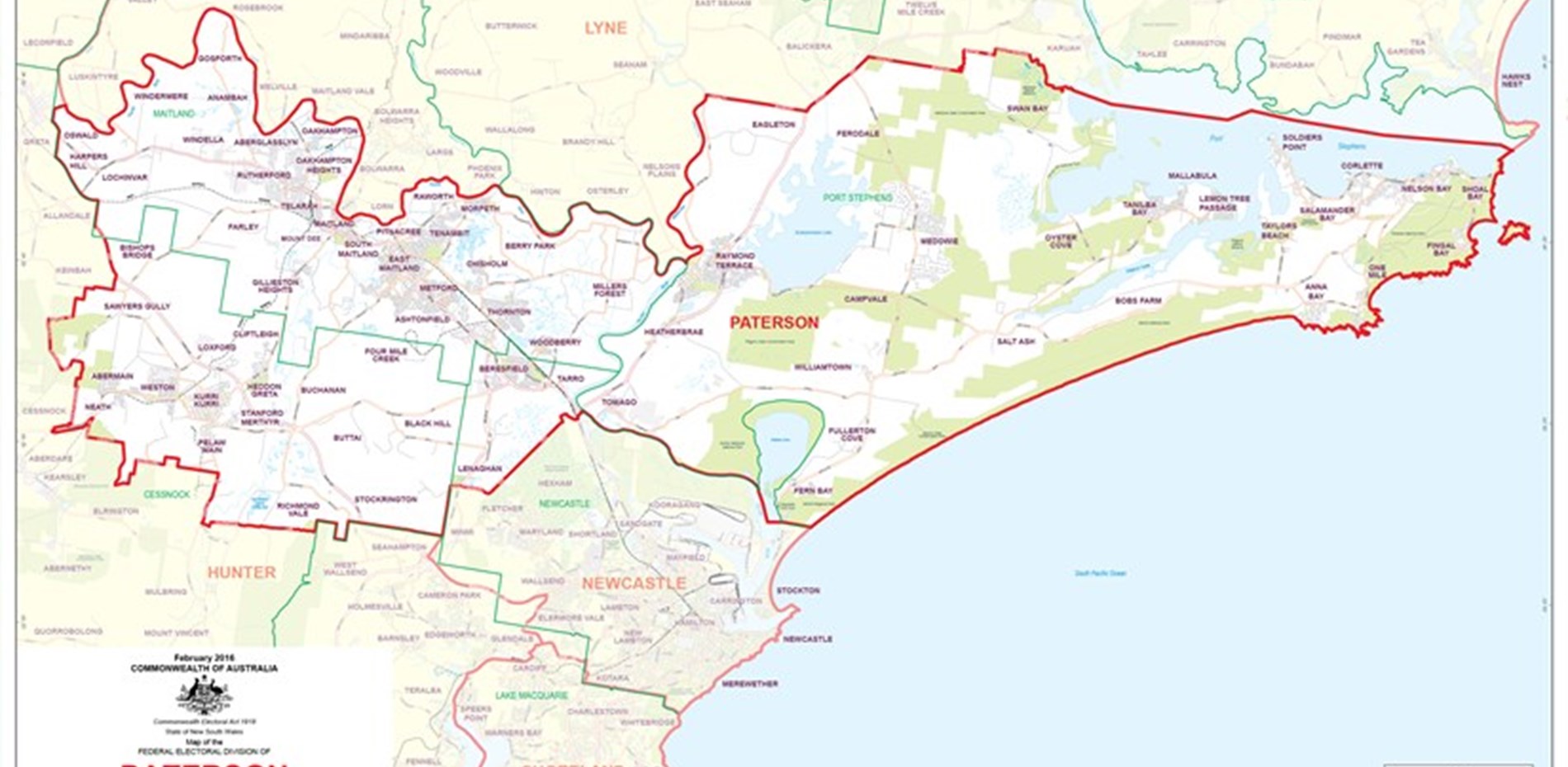There is conjecture about whether the electorate of Paterson is named after Australian author and poet Andrew 'Banjo' Paterson (1864–1941), or after Colonel William Paterson (1755–1810), after whom the Paterson town and the Paterson river that were formerly within the electorate were named.
The seat was first proclaimed in 1947-1949. It was abolished in 1984 and then re-established at the 1992 redistribution.
After a redistribution in 2016, Paterson extends from Neath, Kurri Kurri and Williamtown in the south, along the Hunter River and Port Stephens in the north and along the Hunter Expressway to the west. The main towns include Kurri Kurri, Maitland, Medowie, Neath, Nelson Bay, Raymond Terrace and Williamtown.
Meryl Swanson has been the Member for Paterson since July 2016.
Former members include:
- Baldwin, B (LP) 2001–2016
- Horne, R H (ALP) 1998–2001
- Baldwin, R C (LP) 1996–1998
- Horne, R H (ALP) 1993–1996
- O'Keefe, F L (CP/NCP/NP) 1969–1984
- Fairhall, A (LP) 1949–1969
Paterson now covers 1,123 square kilometres.
Products and industries include beef and dairy cattle, mixed farming, maize, fishing and oyster farming, general engineering, transport, construction, tourism and recreational industries.
For more information, visit the Australian Electoral Commission website.
The following article was published in The Advertiser, Cessnock in July 2019:
I spend a lot of my time as the Member for Paterson explaining the boundaries of my electorate.
From the West, Paterson takes in Neath and Lochinvar, then covers Kurri Kurri and Maitland along the Maitland River in the north, and extends to include Port Stephens in the east.
A common follow up question is why the township of Paterson isn’t in the electorate that bears the same name, assuming that’s why it was called Paterson in the first place. While some federal electorates across Australia are named after the area they represent, most are in honour of an important figure in Australia’s history.
The town of Paterson and the Paterson River were named in honour of Colonel William Paterson, a solider and botanist who served as Lieutenant-Governor of the Colony of New South Wales. When it was established in 1949, the electorate of Paterson included these areas, leading many people to believe this is also how the electorate got its name.
However, in 1988 the electorate was dissolved and when it was re-introduced in 1992, the boundary moved further south. This lead many others to believe the name was actually in honour of Banjo Paterson, a journalist, war correspondent and poet.
In truth, both theories are correct.
William Paterson (1755 - 1810) was from a humble Scottish background. He was a soldier, an explorer and a botanist, collecting specimens of unknown plants, insects and rocks to send back to England. He explored the lower Hunter and Blue Mountains, and eventually rose to be Lieutenant Governor of the colony. In that role, he came into conflict with James Macarthur (one of the founders of the wool industry) and fought a dual with him.
In his later life, William Paterson was sent to secure northern Tasmania to commence settlements for the British Government to prevent the French claiming any of the island, but died on his way back to England.
Andrew ‘Banjo’ Paterson (1864 - 1941) grew up in country New South Wales on his prosperous squatter family’s property. He was educated at Sydney Grammar School, became a solicitor, played polo and rode to hounds. Although he belonged to Sydney society clubs, it was his portrayal of country life - the battlers and their struggle with the environment - for which he is best remembered.
Banjo Paterson was a prolific writer for the Bulletin Magazine, but he is best known for poetry like ‘The Man from Snowy River’ and the song ‘Waltzing Matilda’.
Both William Paterson and Banjo Paterson contributed significantly to Australia’s history as a colony and then a nation. It’s an honour to serve as the Member that honours their memory and contribution to our nation.



